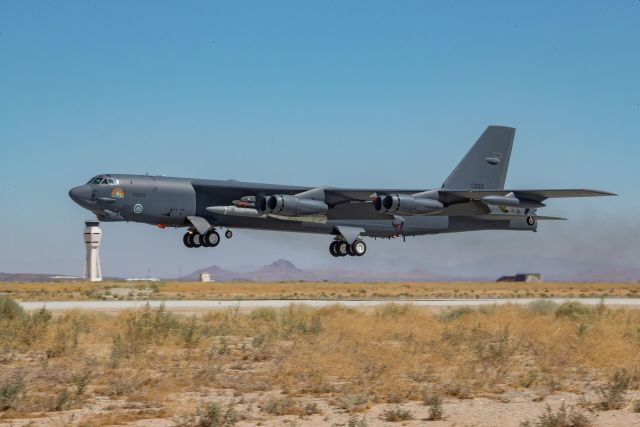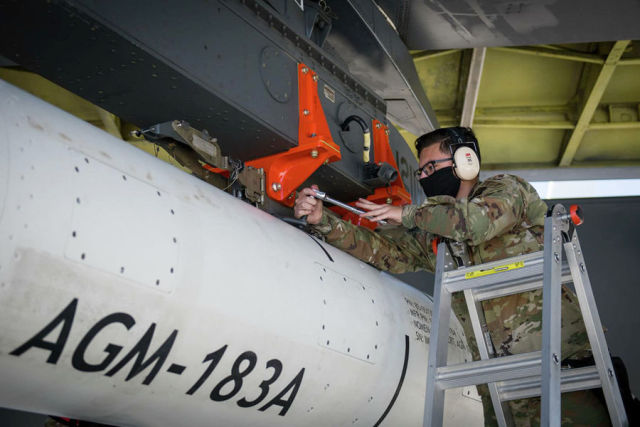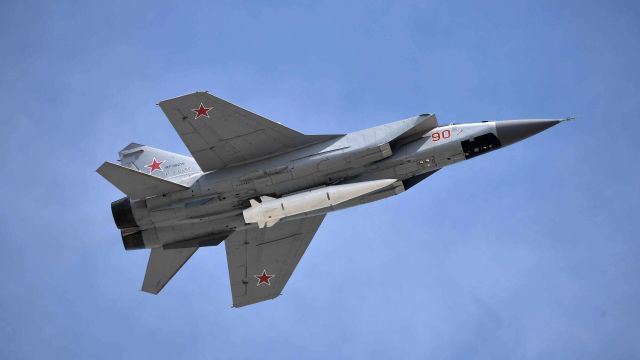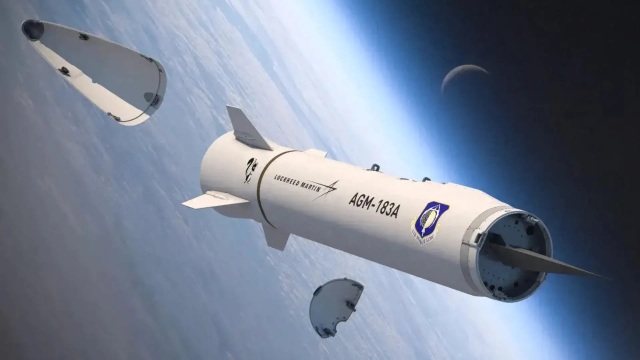Why tests of new American weapons systems end in failuresLockheed Martin's AGM–183A ARRW hypersonic air-to-ground missile development and procurement program will be curtailed, said Andrew Hunter, Assistant Secretary of the U.S. Air Force for Procurement.
One of the reasons is the failures during the last tests of this system. In particular, during the launch on March 13 of this year, communication with the rocket during its flight was lost. The fate of ARRW is not the first failure in America's struggle for hypersound. Izvestia investigated the state of promising US developments in this area.
Two projects
For the US Air Force, two projects of hypersonic strike missiles have been developed over the past few years — HACM and ARRW. The first project is led by Rayteon, and this is a kind of American "Zircon" — a hypersonic cruise missile with a ramjet engine, which should accelerate in the upper atmosphere to 6 thousand km / h (15-18 sound speeds depending on altitude).
The missile is relatively light — its carriers should be tactical multi-purpose and strike aircraft such as F-15E/EX and F-35 "Lightning-2". Work on the project should be completed by the adoption of the missile into the Air Force by 2027.
 |
| American B-52H Stratofortress bomber with AGM-183A hypersonic cruise missile. |
| Source: © Photo : Air Force / Matt Williams |
The second project is better known — it is the development of Lockheed Martin Corporation — AGM-183A ARRW, an aeroballistic missile the size of a Russian Dagger with a hypersonic gliding combat unit. The maximum speed of the ARRW is about 20 sound speeds, the range is up to 1.5 thousand km. This missile system is being created to arm strategic aviation aircraft — the carriers should be the B-52H and B-1B Lancer.
The fate of the program
The first successful launch under the AGM-183A rocket program was carried out on May 14, 2022, the second — on June 12. But these were launches of a hypersonic combat stage carrier — the payload itself was missing. Prior to that, during 2021, the program was plagued by failures — the rocket did not want to break away from the B-52H carrier aircraft in any way.
Two attempts in 2021 ended in vain, and in the third launch the rocket separated from the carrier, but the engine of the main stage did not start.
 |
| Source: Giancarlo Casem/Air Force |
Finally, on December 9, 2022, the first successful test of a fully equipped ARRW rocket with a hypersonic combat stage took place — it separated from the carrier aircraft, launched, developed a flight speed of more than 5 sound speeds and separated the hypersonic warhead-the glider. That, in turn, made a flight according to the program and reached the aiming point in a given area of the Pacific Ocean.
And on March 13, 2023, the second partially successful launch of the full complement of the ARRW rocket took place — with the separation of the hypersonic combat stage. But during the flight, there was a loss of telemetry information, and, accordingly, it is difficult to draw conclusions about how the rocket systems worked during the test launch.
Interim results
Constant failures with the project cause quite serious criticism in the USA. Quite a lot of money is spent on the creation of hypersonic missiles, and taking into account the positions of technological leadership in the field of missile technology, the expectations of the military leadership were apparently different.
The creators were actually faced with the unwillingness of the modern American missile industry to develop missile systems in a reasonable time and for reasonable money, the possession of which is now considered an indispensable condition of military parity for the leading world powers.
Suffice it to recall that in Russia, the Kinzhal hypersonic aviation aeroballistic complex with a carrier aircraft based on the MiG-31 long-range interceptor has been put into trial operation since December 1, 2017 and has been successfully used several times during a special military operation in Ukraine.
Yes, the Russian complex was created using the technologies of the Iskander ground-based missile system. But such a "porting" of a ground-based rocket into a hypersonic air launch would be impossible without a huge baggage of research into hypersonic technologies, materials, control and guidance systems.
 |
| A multi-purpose MiG-31 fighter with a hypersonic Dagger missile. |
| Source: © RIA Novosti / Alexey Nikolsky |
All the knowledge accumulated by Soviet and Russian rocket builders was embodied in a simple and effective hypersonic missile system, which is the "Dagger". But a few more years, and almost certainly another version of a hypersonic air missile based on attack aircraft — the Zircon - will be tested.
What's next
The fate of the American hypersound causes some concern among the leadership of the Pentagon. Plans to equip advanced American aircraft with the most advanced missiles are still crumbling like a house of cards, and the US military department is forced to suspend research in this area, which, of course, does not improve America's position on the world stage.
And yet it's too early to rejoice: in the United States, several hypersonic missile programs are in operation at the same time. And even for aircraft, they are created not only by the Air Force, but also by the Naval Forces - in the United States, these are different customers, and it has already happened that missiles for aircraft created by order of the Navy have become the standard for the Air Force and world aviation.
This was the case with the AIM-7 Sparrow air combat missiles, which not only became a mass missile in both the Navy and the US Air Force, but were also widely exported and even became a model for the creation of the Soviet K–25 air-to-air missile. It may well happen that the "sailors" will create a more reliable and effective hypersonic missile system, which will eventually be adopted by the US Air Force. And just this week, the US Navy signed two contracts with the same Raytheon and Lockheed Martin for the development of hypersonic air-launched missiles.
Yes, America has problems with the creation of samples for specific projects, but there are no problems with the motivation and financing of such work. Sooner or later they will make their aviation hypersound.
Dmitry Kornev

